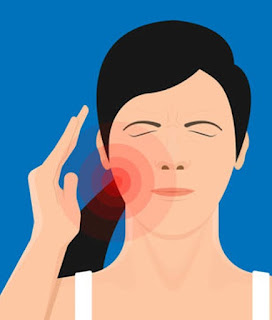Lack of SARS-CoV-2-specific cellular response despite apparent effective vaccination
Measuring antibodies which bind viruses to tag them for destruction and antibodies which stop viruses from infecting cells by neutralizing them are associated with vaccine effectiveness.
A new study indicates that cellular response (T-cell proliferation and whole blood Interferon-Gamma Release assays) might provide a better measure.
The study tested 7 vaccinated and 7 non-vaccinated ICU patients during original Omicron wave and compared them to 8 healthy vaccinated volunteers.
Upon ICU admission, vaccinated patients presented high anti-Spike IgG titers that were significantly higher than non-vaccinated patients (Figure A). In contrast, T-cell proliferation in response to spike antigen was absent (Figure B). In accordance, in response to SARS-CoV-2 antigens whole blood Interferon-Gamma Release Assay (IGRA) was found to be very low in vaccinated patients whereas they presented with strong response to mitogen (PHA) which illustrated appropriate functionality of T cell (Fig. C, D). Controls showed good response in both lymphocyte proliferation and IGRA.
Overall, these results indicate that despite apparent successful vaccination (i.e., illustrated by consistent seroconversion), patients admitted to ICU did not develop any cellular response to SARS-CoV-2. Of note, only 2 of 7 vaccinated patients, had previous history of immunosuppression. That said, as previously described in various ICU COVID-19 cohorts, present patients, vaccinated or not, presented with alterations in immune cellular parameters: profound lymphopenia and reduced monocytic HLA-DR expression (Fig. E, F).
REFERENCE
Bidar, F., Monneret, G., Berthier, F. et al. Lack of SARS-CoV-2-specific cellular response in critically ill COVID-19 patients despite apparent effective vaccination. Crit Care 26, 170 (2022). https://doi.org/10.1186/s13054-022-04038-5




Comments
Post a Comment